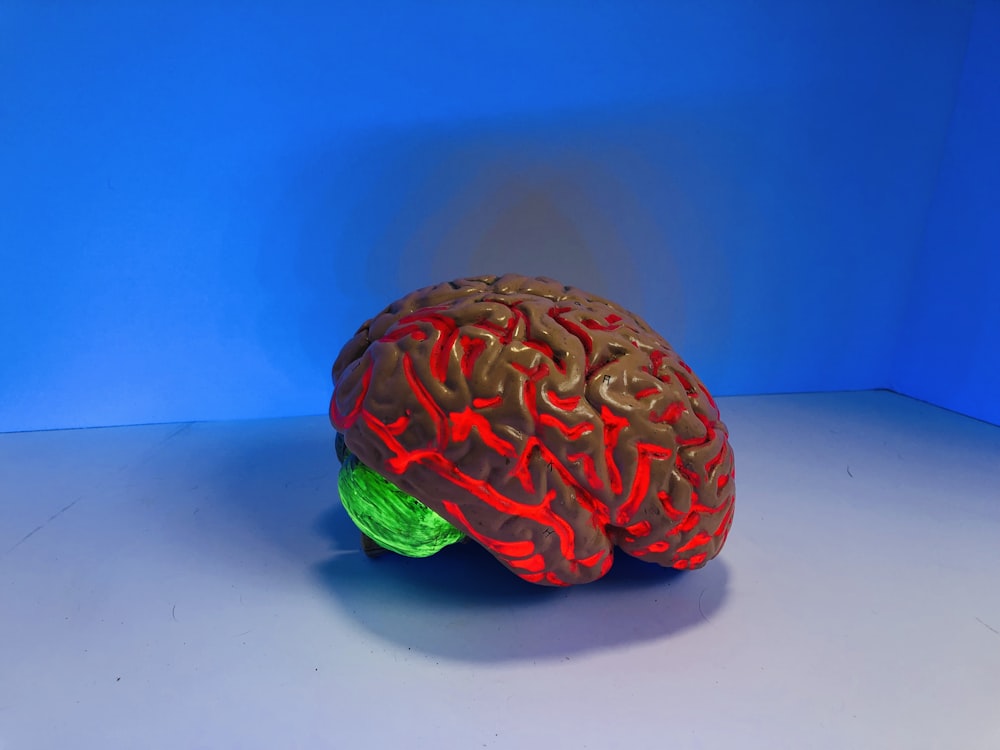Understanding Alzheimer’s Brain: Unraveling the Mysteries
The Complexity of Alzheimer’s Brain
The human brain is a marvel of complexity, housing billions of neurons and intricate networks that govern our thoughts, emotions, and behaviors. Alzheimer’s disease, a progressive neurodegenerative disorder, poses a unique challenge to our understanding of brain function. At its core, Alzheimer’s disrupts the delicate balance of neurotransmitters and synaptic connections, leading to cognitive decline and memory loss.
Neurological Changes in Alzheimer’s
In Alzheimer’s disease, the brain undergoes a series of pathological changes that ultimately result in cognitive impairment. One hallmark feature is the accumulation of beta-amyloid plaques between neurons, which disrupts communication and leads to cell death. Additionally, tau protein tangles form inside neurons, interfering with their ability to transport nutrients and signals. These neurological changes contribute to the progressive deterioration of brain function seen in Alzheimer’s.
The Role of Genetics
While the exact cause of Alzheimer’s remains elusive, genetics play a significant role in its development. Certain genetic mutations, such as those in the APP, PSEN1, and PSEN2 genes, can increase the risk of developing early-onset Alzheimer’s disease. However, the majority of Alzheimer’s cases are late-onset and thought to result from a complex interplay of genetic and environmental factors. Research into the genetic basis of Alzheimer’s continues to provide valuable insights into its pathogenesis.
Implications for Brain Health
Understanding the neurobiology of Alzheimer’s has profound implications for brain health and disease prevention. Lifestyle factors such as diet, exercise, and cognitive stimulation have been shown to influence brain function and may help reduce the risk of Alzheimer’s. Additionally, early detection and intervention are crucial for maximizing treatment efficacy and slowing disease progression. By targeting the underlying mechanisms of Alzheimer’s, researchers hope to develop more effective therapies for this devastating condition.
Advancements in Research
Advancements in neuroscience and medical imaging have revolutionized our ability to study the Alzheimer’s brain. Techniques such as positron emission tomography (PET) and functional magnetic resonance imaging (fMRI) allow researchers to visualize changes in brain structure and function over time. Biomarkers such as amyloid and tau levels in cerebrospinal fluid provide valuable diagnostic and prognostic information, aiding in the early detection of Alzheimer’s.
The Quest for a Cure
Despite decades of research, Alzheimer’s disease remains without a cure. Current treatments aim to alleviate symptoms and slow disease progression, but they are not able to halt or reverse the underlying neurodegenerative process. The quest for a cure continues, with researchers exploring novel therapeutic targets and treatment strategies. From immunotherapy to gene editing, innovative approaches offer hope for the millions affected by Alzheimer’s worldwide.
Challenges and Opportunities
Addressing the challenges posed by Alzheimer’s requires a multi-faceted approach that encompasses basic science, clinical research, and public health initiatives. Collaboration between scientists, clinicians, caregivers, and policymakers is essential for advancing our understanding of Alzheimer’s and developing effective interventions. By working together, we can confront the complexities of Alzheimer’s brain and strive towards a future where this devastating disease is a thing of the past. Read more about alzheimer’s brain






